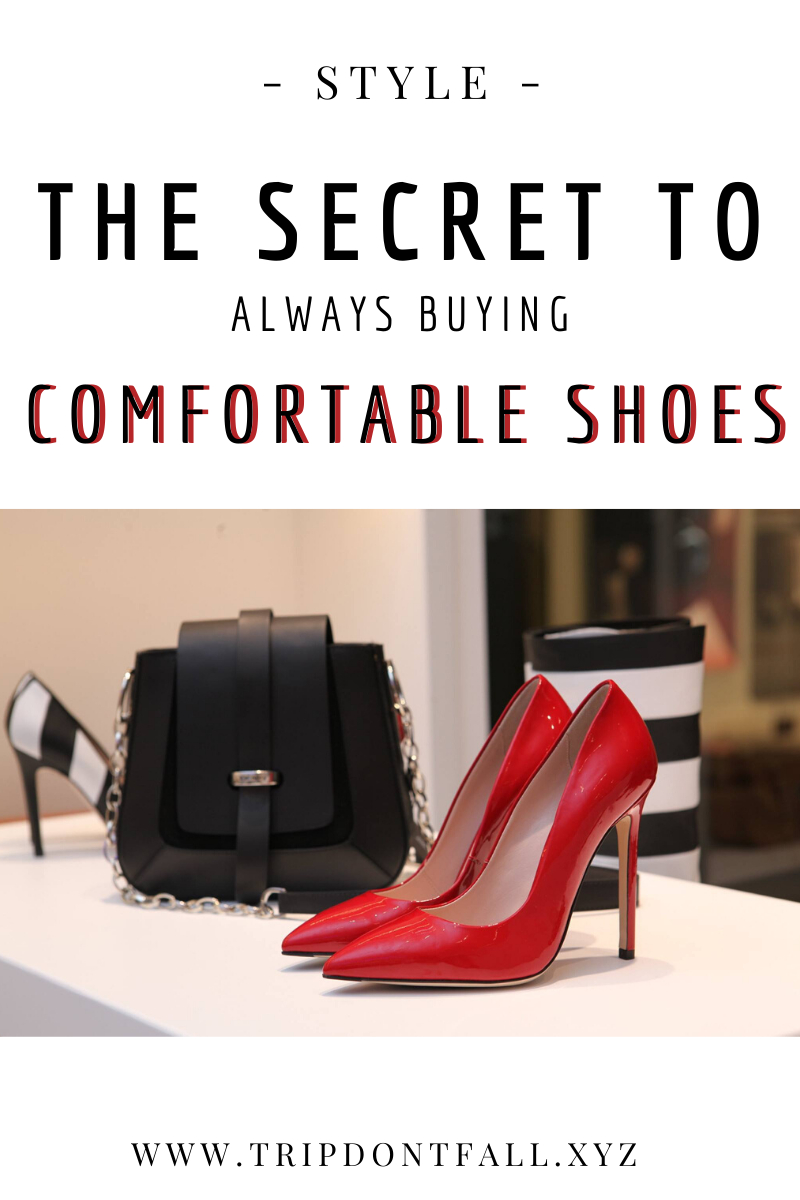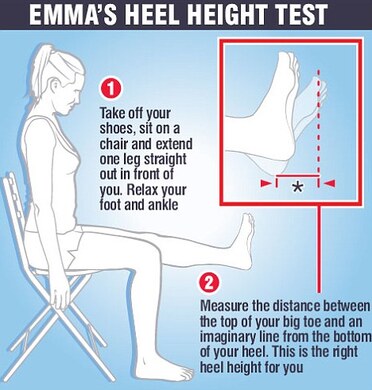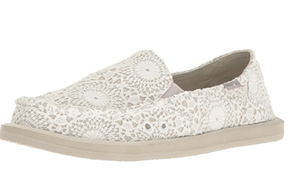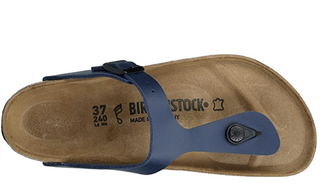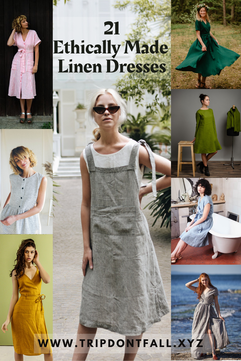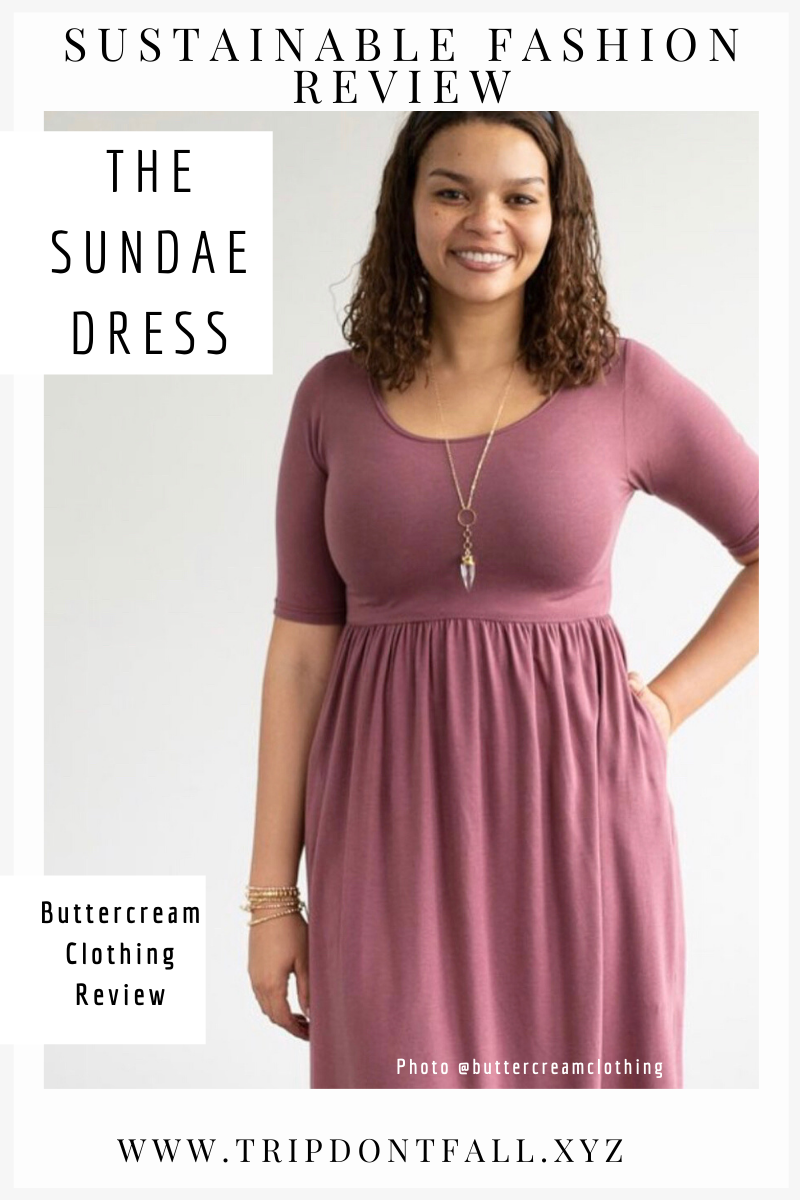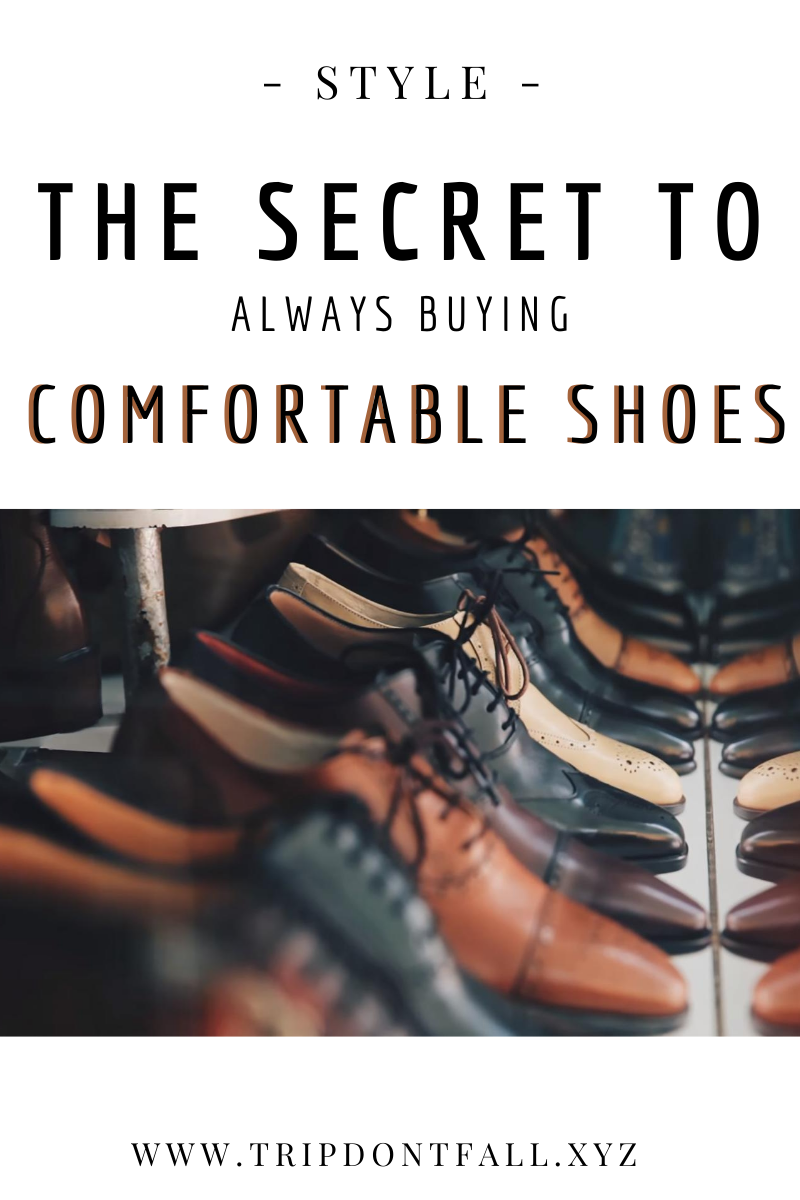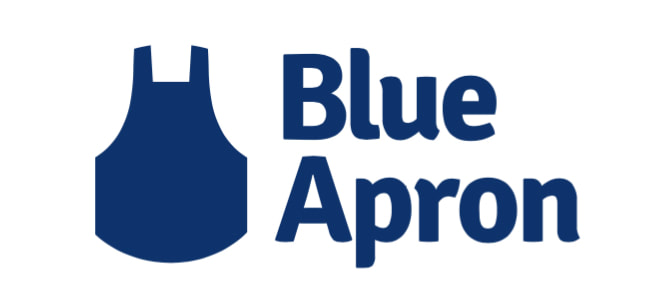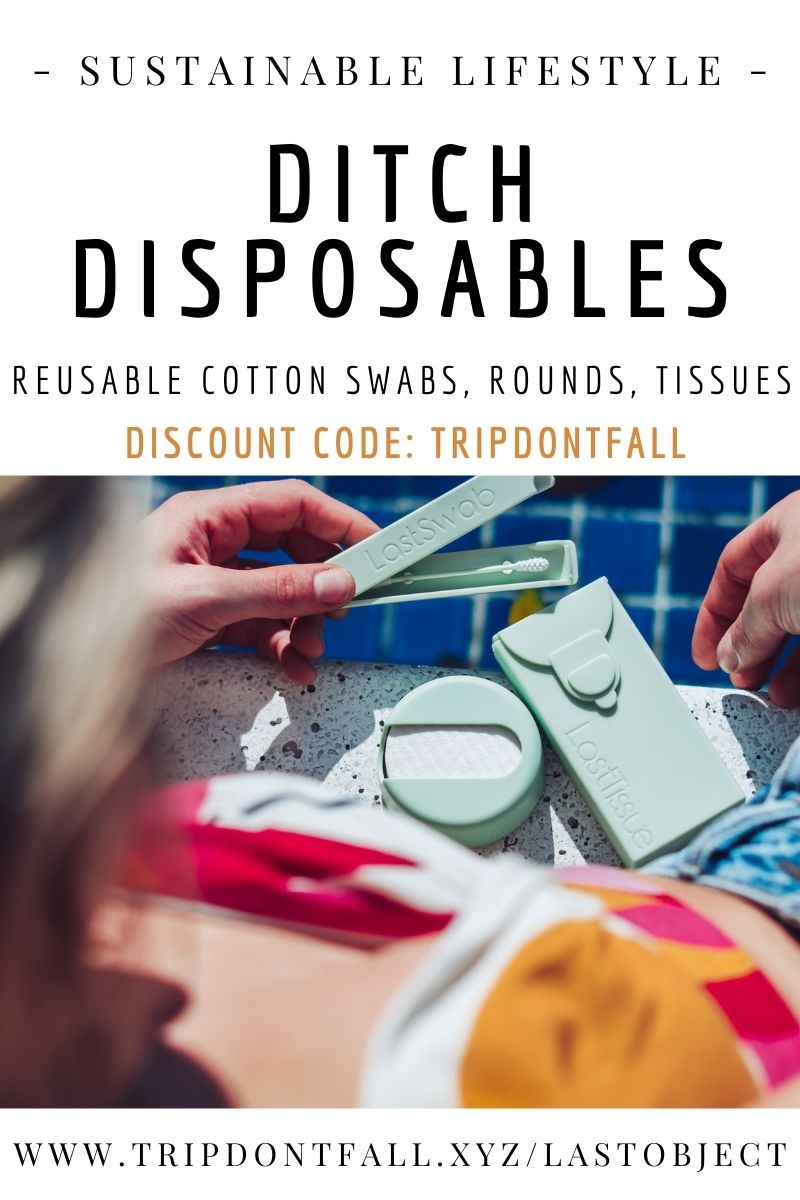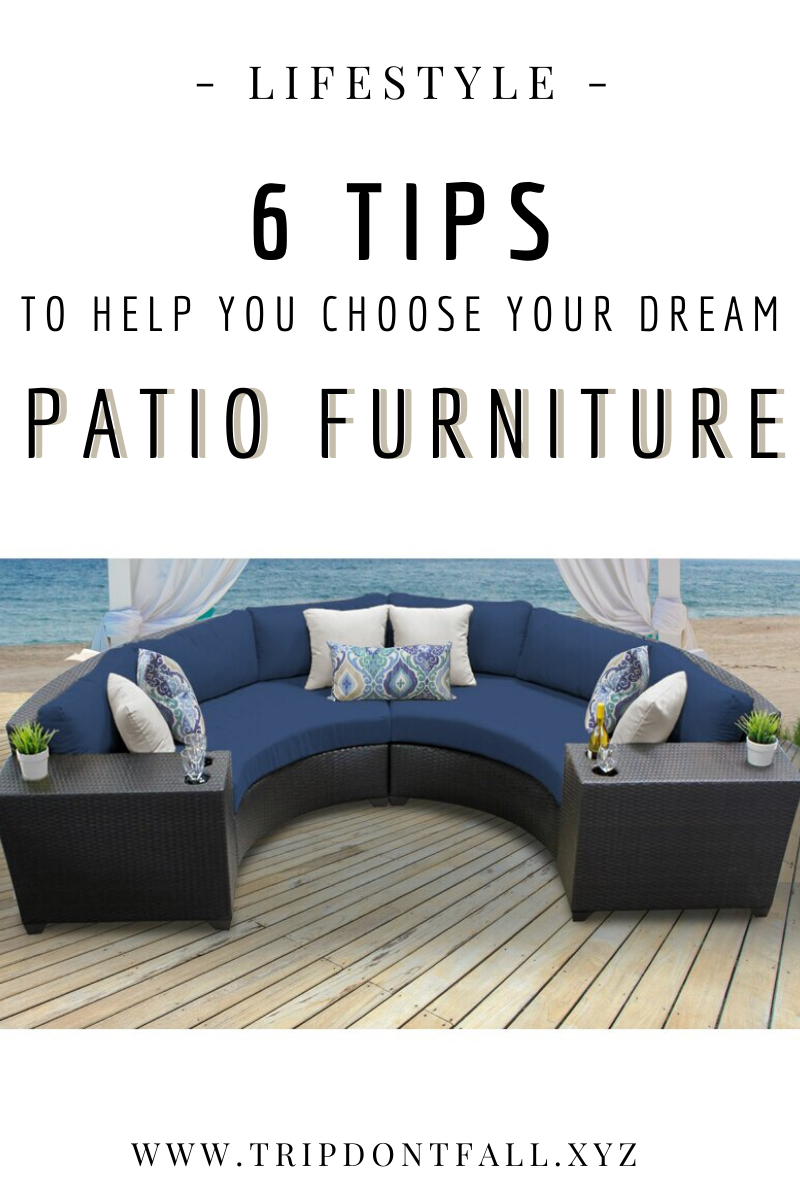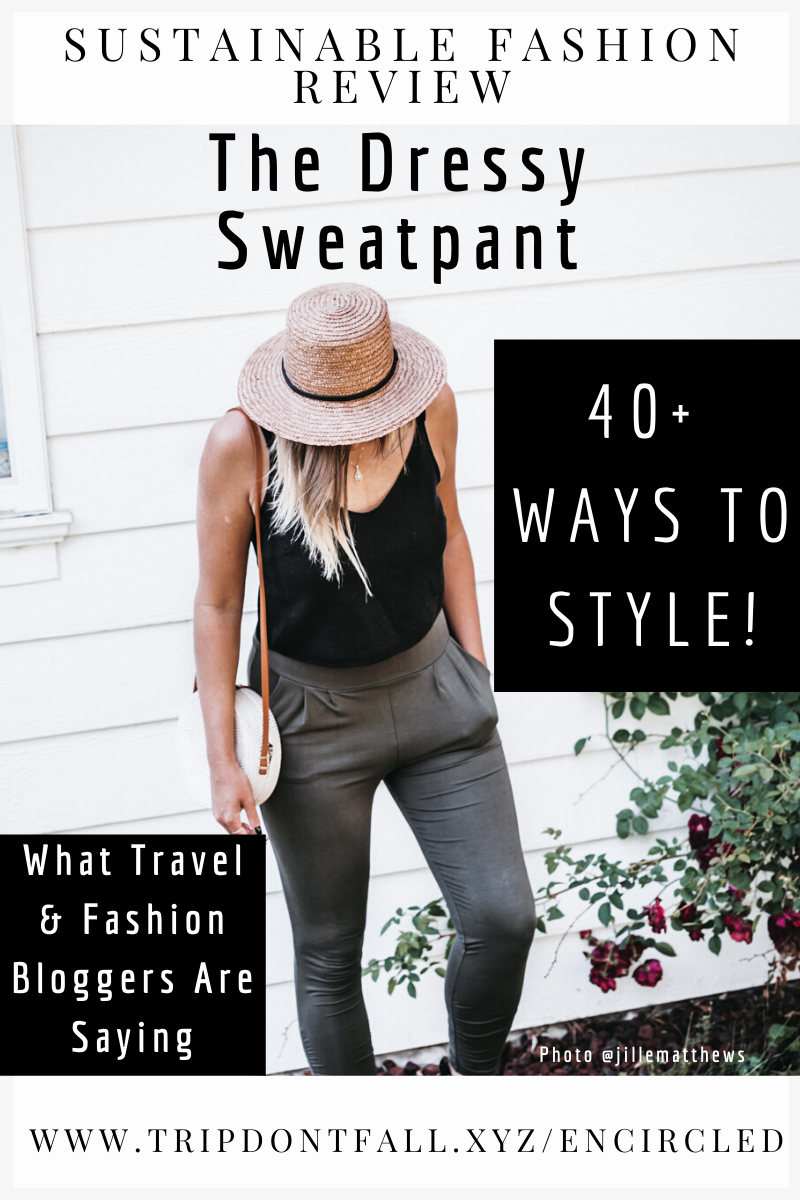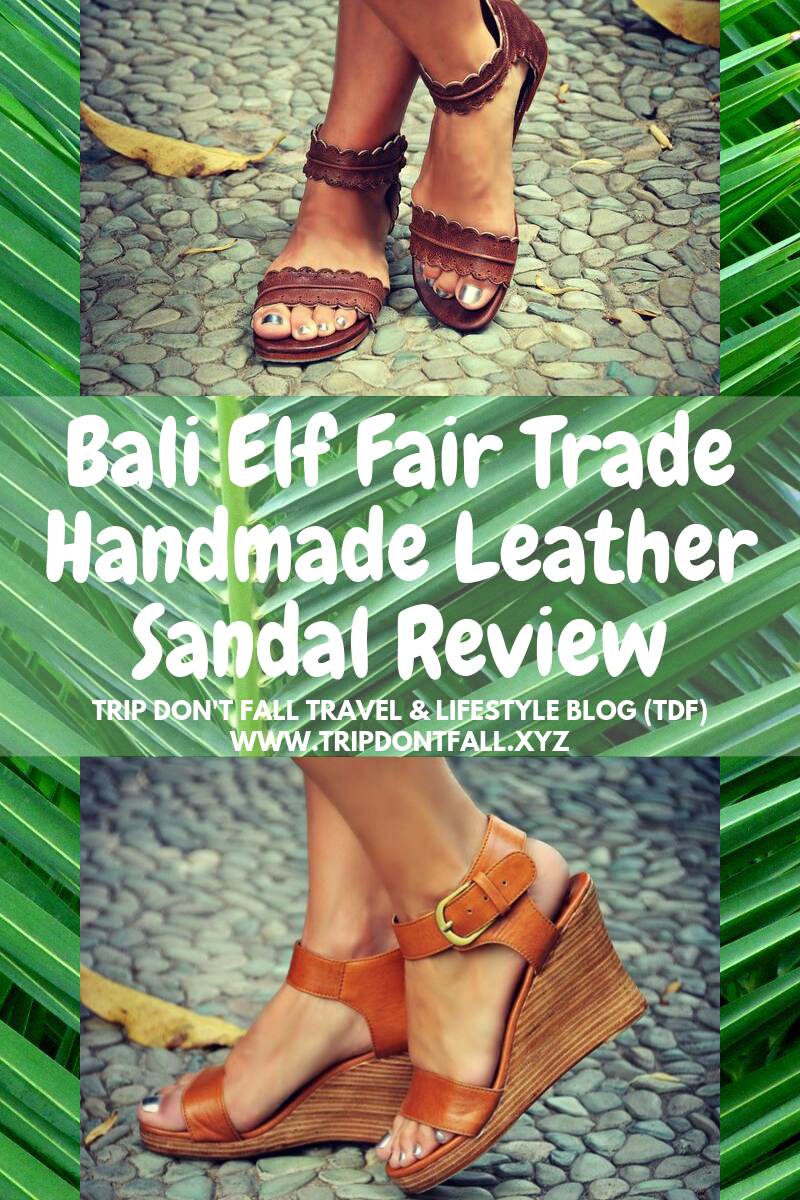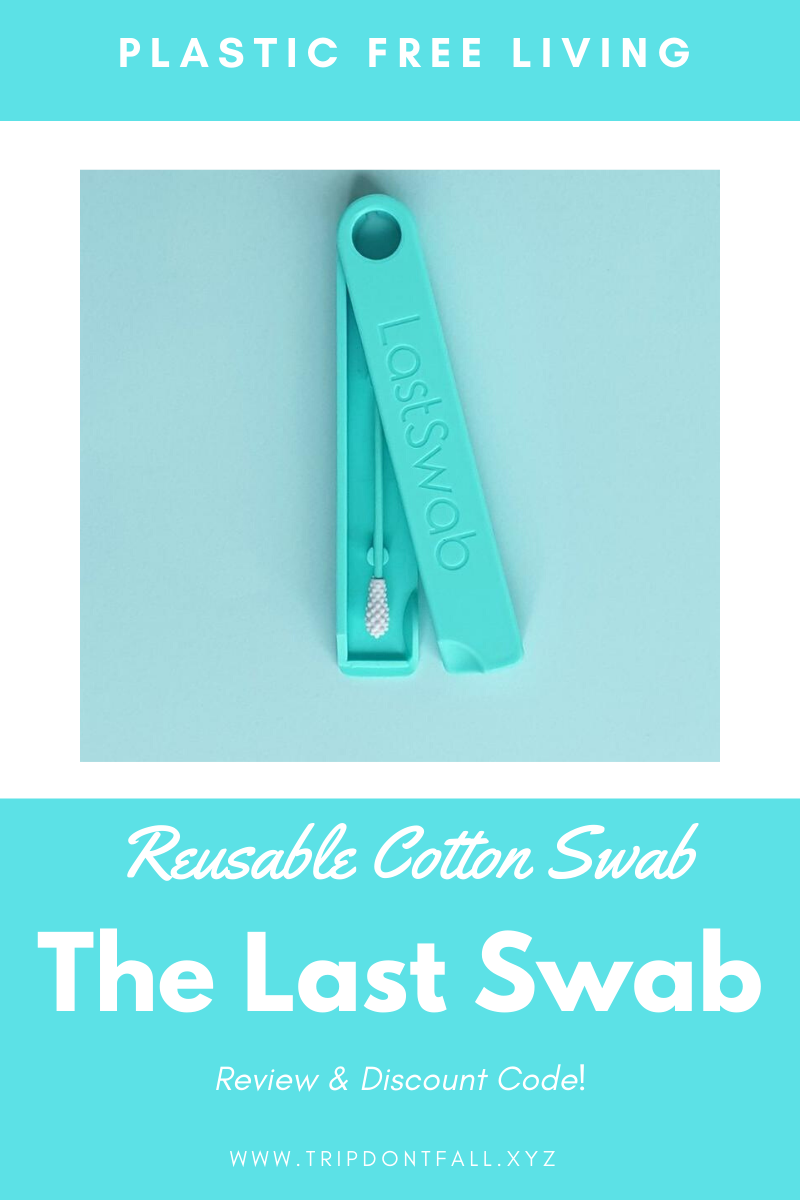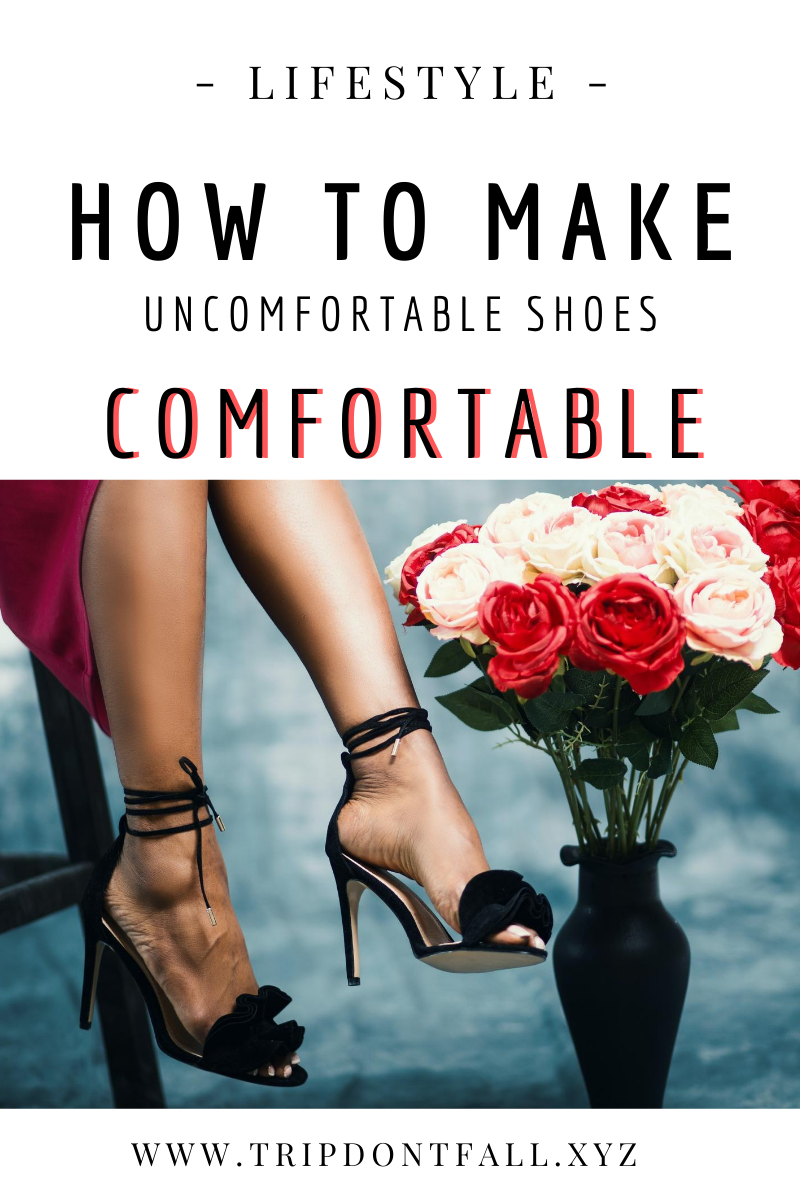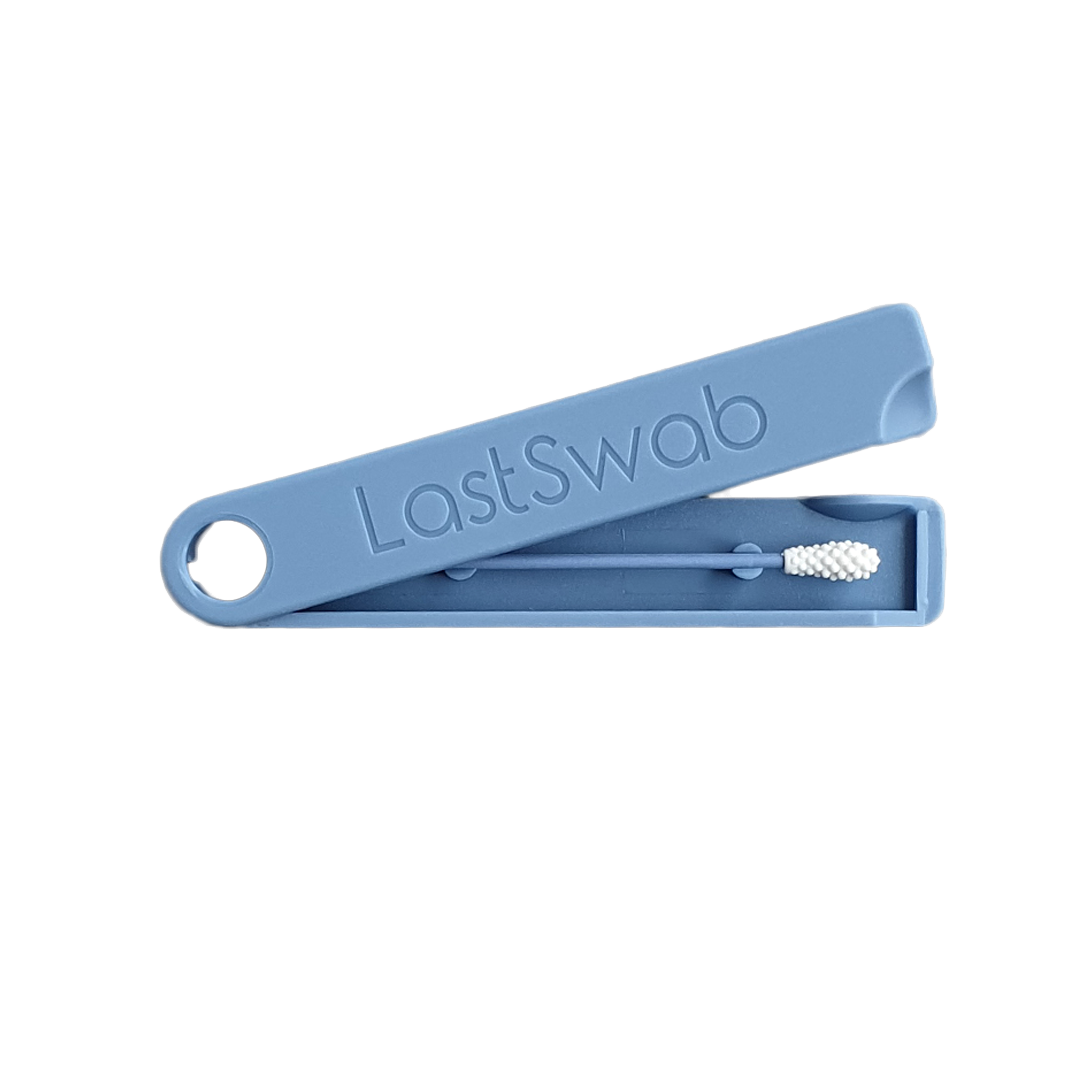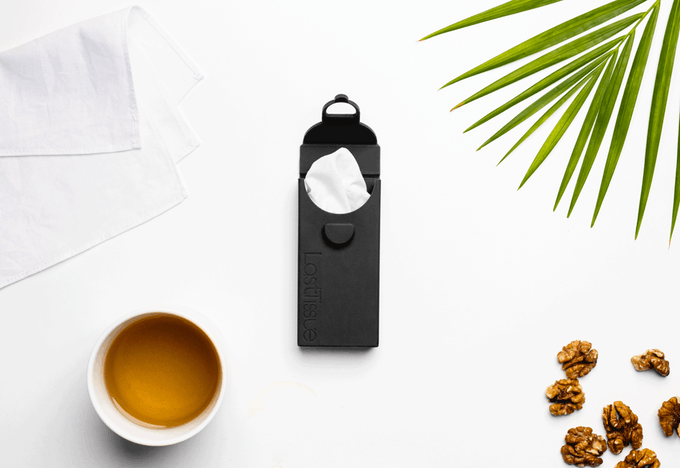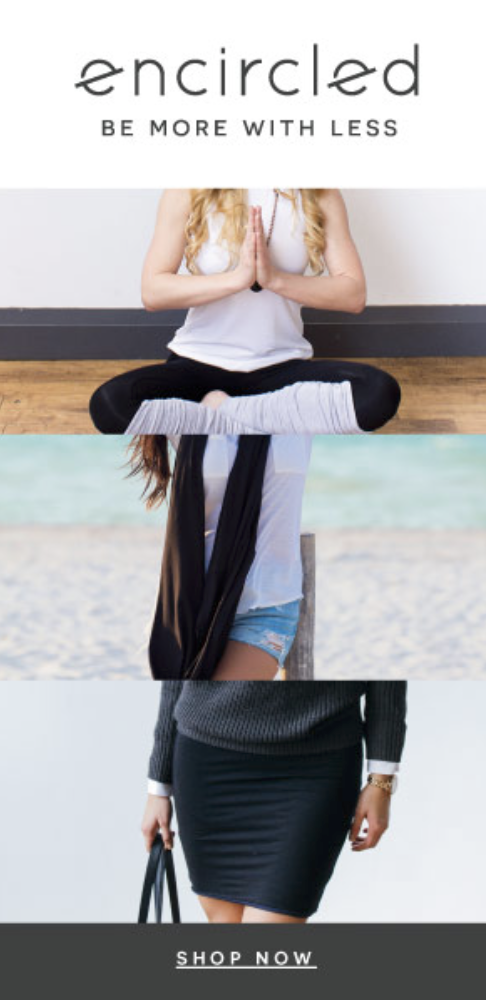|
Note: Principles in this article apply both to the purchase of men and women's shoes.
What is your foundation? Not in a figurative way, but in a literal way. When you are standing, walking, running... what is your foundation? Your feet. (For the majority of us.) Do you take your hardworking feet for granted like I do? I think a lot of us do. They support us every day in a very real way and we don’t give them much credit. Most of us don’t give them the support that they deserve. Why? For one thing, most of us buy shoes based on liking the overall aesthetic and style of the shoe. We will wear those high heels no matter how uncomfortable they are or those cheap flats that offer no support for our feet. To add to that, many shoe manufacturers really don’t make shoes in a quality way that are actually good for your feet. And we have become so used to buying shoes cheaply, that it can seem daunting toinvest in a quality pair, even though it is truly a worthwhile investment. What can you do to ensure that you are buying shoes that your feet will thank you for? What can you do if you already have some shoes that your feet just don’t love? Read on for some ideas. Things to consider before buying shoes:
When will I wear this shoe? Where will I wear this shoe? What outfits can I make with this shoe? How likely are these to cause blisters? What materials are the shoes made of? Is the heel height right for my body & lifestyle? What is the insole like and is there room for an orthotic? What is the width of the shoe? Let's examine a few of these in greater detail. How likely are these shoes to cause blisters?
It’s very important that your shoes fit your feet properly. If they do not, you can end up with blisters, bunions, and exacerbated arch pain or plantar fasciitis.
New shoes can cause blisters as the materials are more stiff until you wear them for a while. It’s always good practice to wear new footwear at home for several sessions before wearing them out and about in short stints to break them in. (This pandemic is kind of a perfect opportunity to break shoes in at home!) However, despite your earnest efforts, some shoes will always give blisters due poor fit or due to rough, inferior materials and poor craftsmanship leaving unfinished edges which make for a prime chaffing opportunity. “In many instances, these fluid-filled bubbles result from poorly fitted shoes. Shoes that fit too tightly or too loosely can rub against the skin. This causes friction, and as a result, fluid builds up underneath the upper layer of skin.”
So making sure that your shoes are neither too big, nor too small is really important.
Is the heel height right for my body & lifestyle? Consider the height of the shoe. Is it practical for your lifestyle or the way you would use it? If you live in a beautiful cobblestoned town and do a lot of walking every day, those stilettos may not be the safest and most practical choice, even if they look stunning. Suede every-day shoes may not be ideal if it rains and snows a lot where you live in fall/winter and you'll be worried about damaging them. This is not to say that you can't own and wear stilettos or suede shoes, in the aforementioned situations.Of course you can! The point is just to think a little more deeply and realistically about things before making a purchase so that you will get the most use and satisfaction from that purchase in the long run! :)
What is the perfect height for YOU for high heel shoes?
This is a difficult question to answer because every person’s body structure is different. Still, there is a general consensus that 1-3” is the most ideal heel height for the average person. Completely flat shoes can cause a surprising amount of foot pain just as very high heels obviously do. For a more personalized estimate, try this suggestion from a podiatrist in London named Dr. Emma Supple. Or this adapted method from Vivian Lou 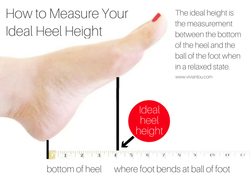 photo: vivianlou.com photo: vivianlou.com
TRY IT! Measure your favorite heels and see how close it is to your ideal heel height! What is the insole like and is there room for an orthotic? Take a look at the inside of the shoe. Is the insole removable? What material is it made of? Is there any type of cushioning, arch support, etc.? Does the texture of the insole feel comfortable on your foot when walking around? (If you will wear shoes without socks this is really important. If you will wear them with hosiery that is thin, it’s also important.) If you use custom orthotics, will you have ability to use them with this shoe? Do they fit comfortably on top of the manufacturers insole? Or can the insole be removed and replaced with your favorite insoles? If you need to use orthotics and you can't use them with the shoes you are looking at... how likely are you to reach for them on a regular basis? It may be best to skip the purchase, while still appreciating their beauty! What is the width of the shoe? One of the most important discoveries I have recently made regarding shoe considerations is width. I wear an average size 8 women’s shoe, yet I found a huge variation in shoe widths within my collection. I discovered that my favorite, most reached for shoes like my sanuks and Birkenstock’s, were also the widest at the toebox. Coincidence? I think not!
The wide toebox of Birkenstocks and Sanuks make them go-to shoes for travel and everyday wear!
I never considered that my feet would be “wide”, but I now realized that they may be on the border of normal and wide. Meaning a shoe with a narrower fit (think: most pointed toes like the beautiful Rothys point) I would really need to size up in to wear comfortably. There is a very real chance that this is why I never fell in love with my tieks (review here) They were actually the most narrow of every shoe I own. It’s possible that if I had sized up, I would have had a completely different experience. The materials are premium. The construction is high quality. The customer service is lovely. But the fit was not right for my foot. And my guess is that the same thing may be true for others who tried tieks and didn’t love them. Remember, you can appreciate the design and craftsmanship of a pair of shoes and that doesn’t mean that you have to purchase them. If they aren’t right for your foot and body or your lifestyle or even your closet, you will likely wear them a few times and then they will, sadly, collect dust in your closet. You’ll regret spending the money on them and the artisan's work will be hidden away.
We’ve all done this before!
But what can you do if you already have some shoes that your feet just don’t love? Look out for part two of this article series! You'll Also Like...Love It, Share It, Pin It!
0 Comments
Leave a Reply. |
Quick Links:Tap a logo to check out these great brands!
Popular
|
